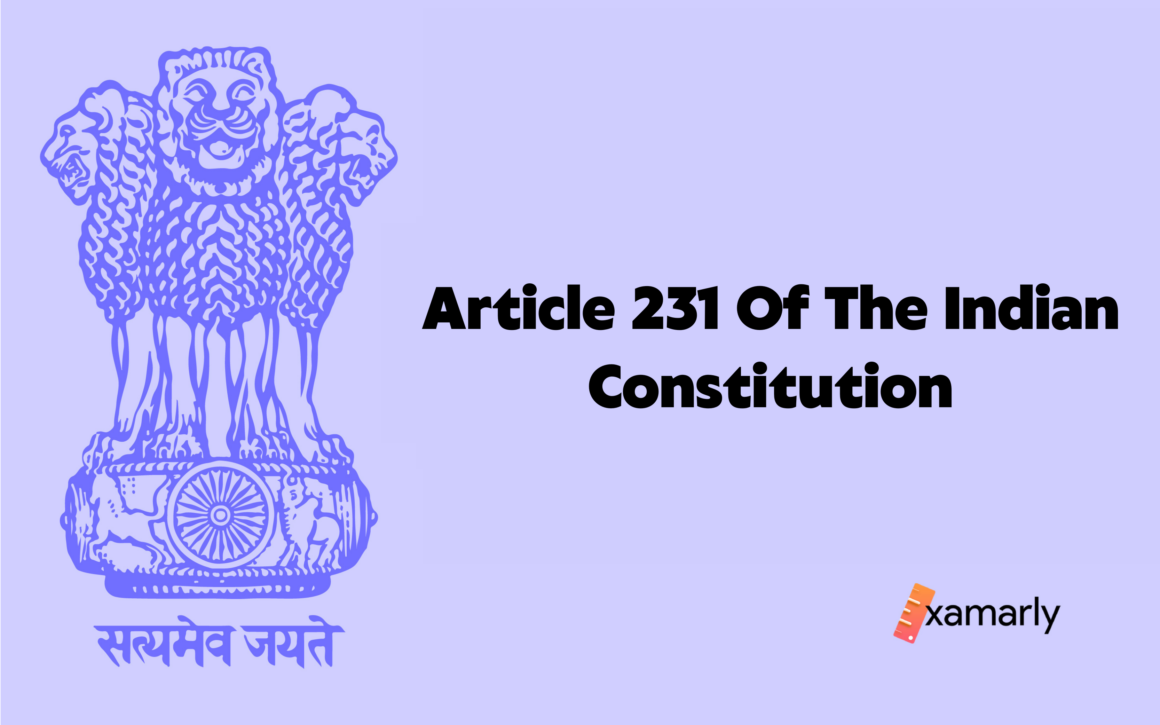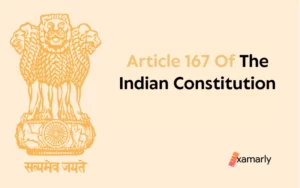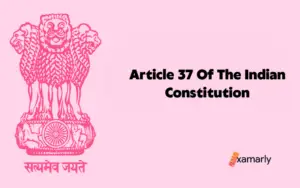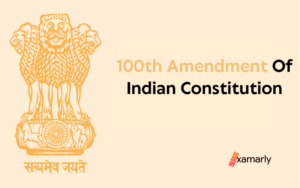Article 231 of the Indian Constitution deals with the provisions for the formation of a common High Court for multiple states.
It talks about how parliament has the authority to do so when it feels the need to form a common High Court.
Let us dig deep into Article 231 of the Indian Constitution and get to know everything about it.
Article 231 of the Indian Constitution – In Detail
We will break down each and every clause of Article 231 of the Indian Constitution to have a better understanding of all the concepts present in it.
Clause 1 – As it is & Explained
231. Establishment of a common High Court for two or more States
(1) Notwithstanding anything contained in the preceding provisions of this Chapter, Parliament may by law establish a common High Court for two or more States or for two or more States and a Union territory
The first clause of Article 231 of the Indian Constitution says that despite the foregoing provisions of this Chapter, Parliament may, by legislation, create a joint High Court for two or more States, or for two or more states and a Union territory.
Clause 2 – As it is & Explained
(2) In relation to any such High Court,
(a) the reference in article 217 to the Governor of the State shall be construed as a reference to the Governors of all the States in relation to which the High Court exercises jurisdiction;
(b) the reference in article 227 to the Governor shall, in relation to any rules, forms or tables for subordinate courts, be construed as a reference to the Governor of the State in which the Subordinate Courts are situate; and
(c) the reference in articles 219 and 229 to the State shall be construed as a reference to the State in which the High Court has its principal seat: Provided that if such principal seat is in a Union territory, the references in articles 210 and 229 to the Governor, Public Service Commission, Legislature and Consolidated Fund of the State shall be construed respectively as references to the President, Union Public Service Commission, Parliament and Consolidated Fund of India
The second clause of Article 231 of the Indian Constitution says that in the context of any such High Court that has been formed to be a common High Court.
(a) The reference to the Governor of the State in article 217 must be understood as a reference to the Governors of all the States over which the High Court has jurisdiction.
(b) With respect to any rules, forms, or tables for subordinate courts, the reference to the Governor in article 227 must be understood as a reference to the Governor of the State in which the Subordinate Courts are located; and
(c) the reference to a “State” in Articles 219 and 229 should be understood to mean the state where the High Court is headquartered. The references in Articles 210 and Article 229 to the Governor, Public Service Commission, Legislature, and Consolidated Fund of the State shall be construed respectively as references to the President, Union Public Service Commission, Parliament, and the Consolidated Fund of India if such principal seat is in Union territory.
Summing Up
We can conclude from this Article that Parliament has the authority by legislation to create a joint High Court for two or more States, or for two states and a Union territory.
We can also see that the reference to the Governor of the State in article 217 must be understood as a reference to all the Governors of all the States over which the High Court has jurisdiction.






